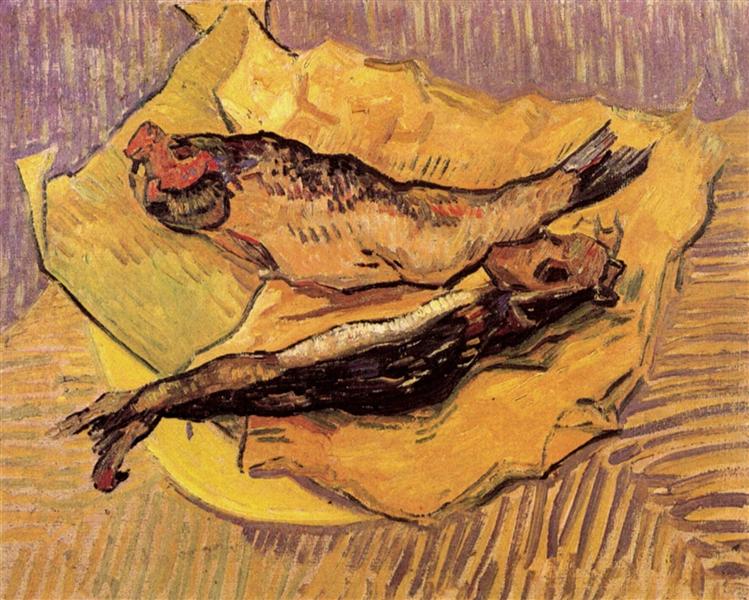The Food that Fueled Vincent Van Gogh
Even those with the scantest knowledge of art’s history know about van Gogh. As the world’s most famous post-impressionist, his works can be found on apparel, mugs, posters, and just about anything else you can think of. You’ll be hard pressed to find a person unfamiliar with iconic pieces like “The Starry Night”.
But did you know that this famous artist dabbled in food art as well?

Even some of the biggest van Gogh aficionados are generally unaware of the artist’s collection of post-impressionist food still lives and sketches.
Over the course of his lifetime, van Gogh painted thousands of works despite lacking the fame and fortune that’s come posthumously. They included everything from landscapes to portraiture. However, his post-impressionist food still lives may be among his most under appreciated bodies of work. What’s more, the differences between each canvas clearly illustrate his progression as an artist.
Renowned for his bold use of color and his expressive brushwork, even the most standard subjects are fresh and exciting. With his talent, van Gogh likely could have portrayed his works photorealistically. However, as a quintessential post-impressionist, his works are tinted with emotion – a quality distinctly missing from the otherwise impressive Dutch masters.
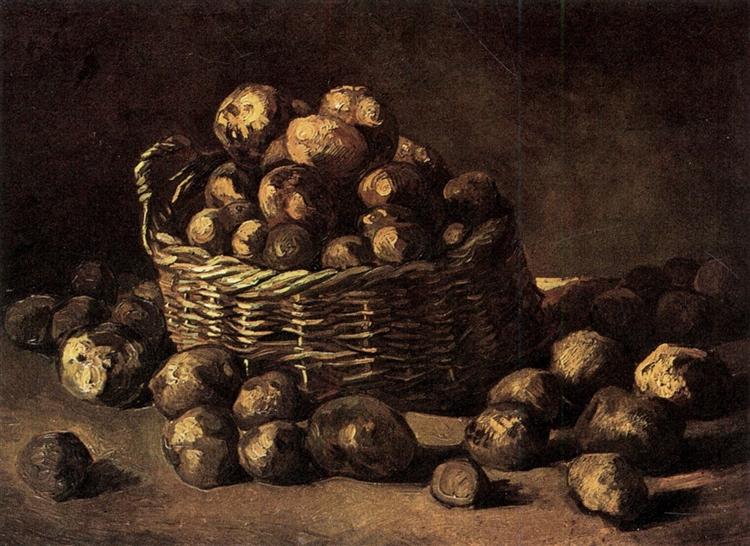
Though van Gogh lived a relatively short life, his style changed drastically throughout the years. His post-impressionist food still lives clearly show off his artistic changes, as he often returned to the same food subject matter.
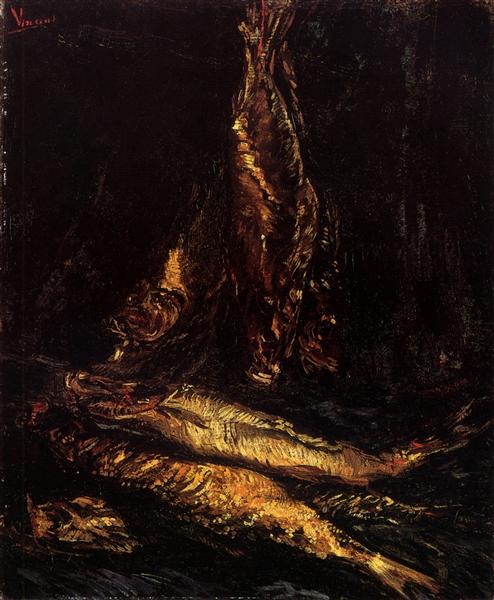
For example, in the mid 1880’s, van Gogh utilized dark, muted color palettes, filled with shadow and objects bleeding into one another. Considering that these paintings preceded his infamous stay at a mental hospital, this stylistic choice makes sense.
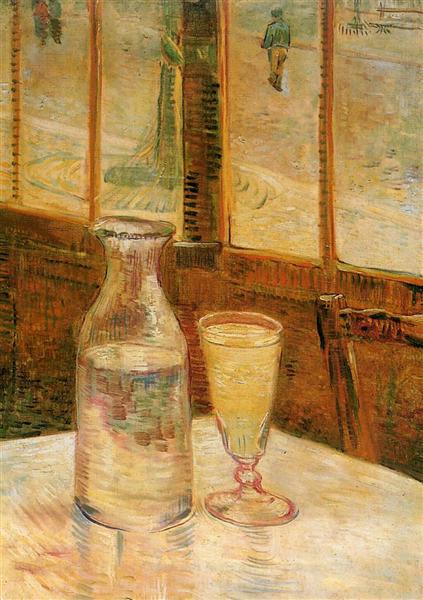
However, just a few years later, things begin to brighten up with a move to Arles and into a yellow house, intended to be shared with Gaugin. The relative break in van Gogh’s bleak career, his work underwent a significant transformation . Stark outlines clearly delineate darks and lights, and bits of color tint otherwise monochrome works. Even the shadows cast are made with blues and greens and purples rather than blacks.
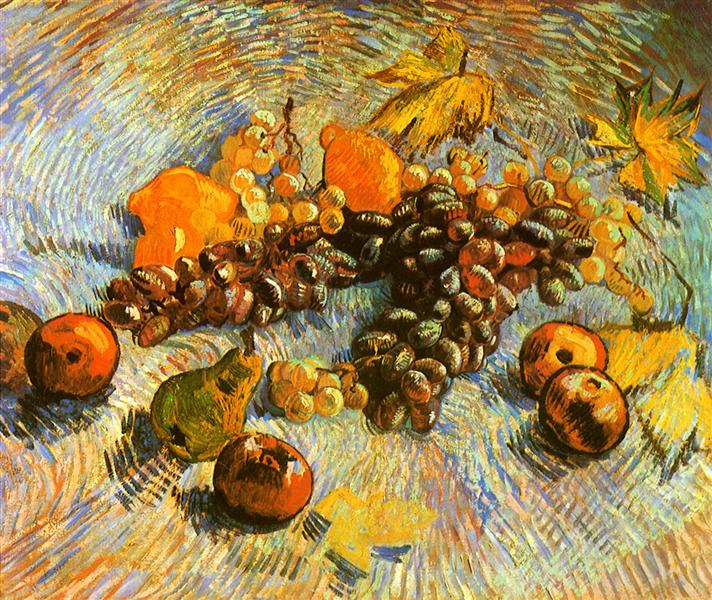
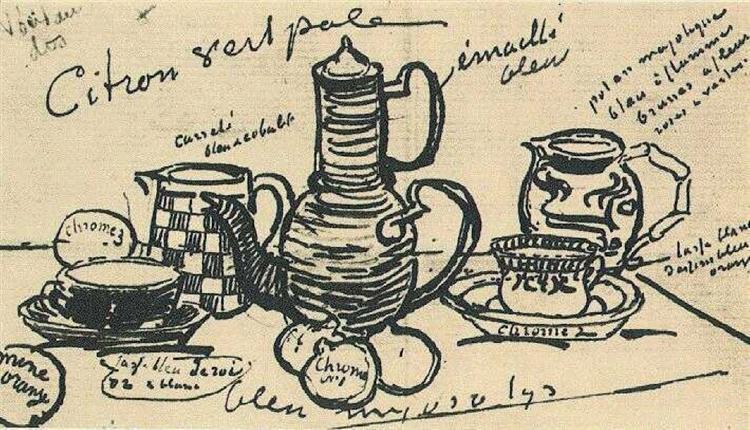
It’s easy enough to make food look good. It’s another thing entirely to imbue a sense of life into it. Van Gogh’s post-impressionist food still lives radiate vitality – despite the depressing circumstances the artist faced. Though van Gogh may never go down as a prominent food artist, his food works provide a fascinating portrait of the visionary and a vibrant new means to approaching still life.
